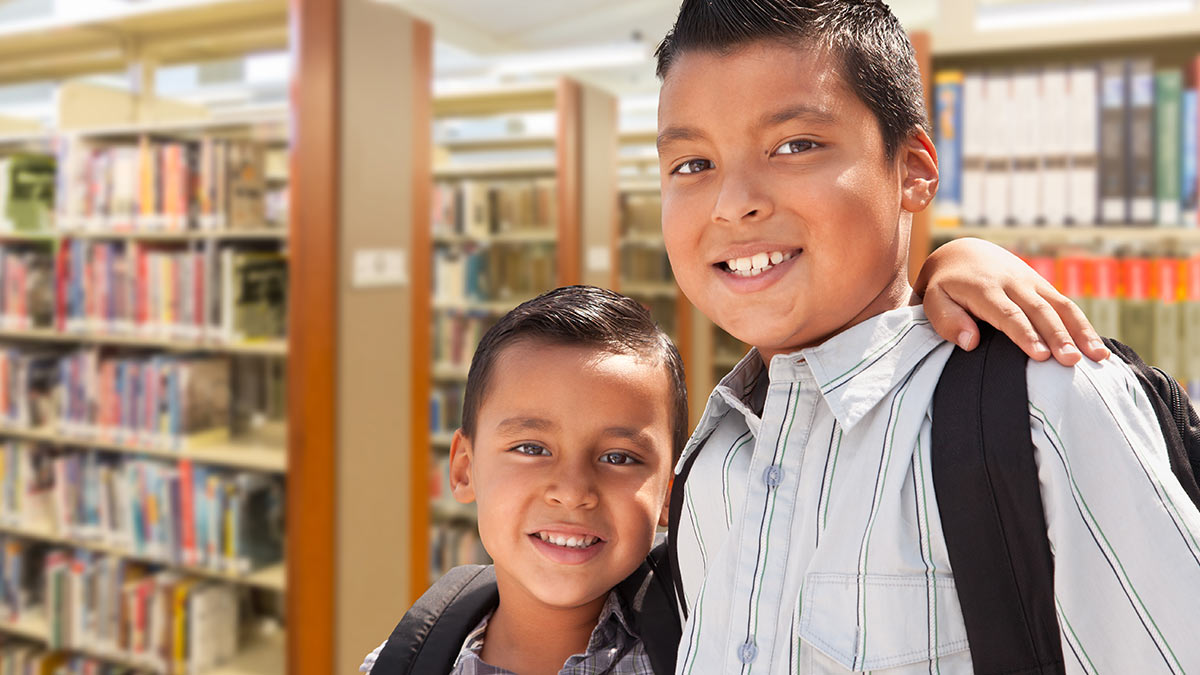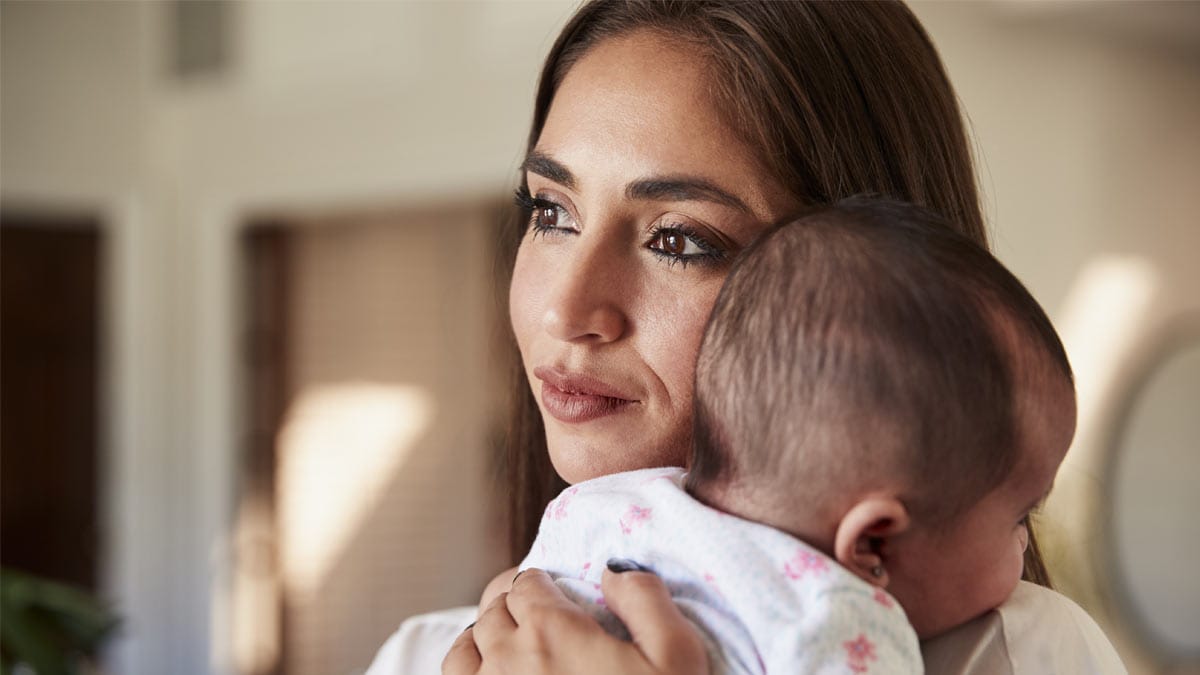At a glance
- There is no safe level of exposure to secondhand smoke (SHS).
- 26% of Hispanic children experience secondhand smoke exposure in 2028-2019.
- There are actions that can be taken to protect people from secondhand smoke.

Overview
CDC is focused on protecting all people from health risks, including secondhand smoke. This is the smoke produced when commercial tobacco is burned.A There is no safe level of exposure to secondhand smoke.1
Smokefree air policies are important because they protect people who don't smoke from secondhand smoke, motivate those who smoke to quit, and prevent people from starting to smoke. Right now, not everyone in the nation is equitably protected by these policies.
- During 2015–2018, 17.2% of Hispanic adults were exposed to secondhand smoke in the United States.2
- Children who live in multi-unit residences, like apartment complexes, are exposed to more secondhand smoke than those living in single-unit homes, even if no one in their family smokes indoors.3 This is potentially because smoke can travel through air vents, doors, and windows. 3Additionally, children who live in households with incomes below the poverty level are more likely to be exposed to secondhand smoke than children who live in households with incomes above the poverty level.4
- In 2018–2019, 93% of Hispanic adults reported having a smokefree home environment.5 Yet 26% of Hispanic children aged 3-11 still experience secondhand smoke exposure.6

Actions that can be taken to protect people from secondhand smoke include:
- Adopt and expand smokefree home policies, while making support for people who want to quit smoking more available. When landlords adopt smokefree building policies, it protects tenants from secondhand smoke exposure and increases their chances of quitting tobacco long-term.7
- Make all workplaces smokefree—with no exceptions. Many workplaces are now covered by comprehensive smokefree laws—but gaps in smokefree protections often leave out the places where many Hispanic/Latino people work, such as restaurants, bars, casinos, and workplaces with fewer than five employees. These are sectors and jobs where disproportionate numbers of Hispanic/Latino people work, placing them at risk from the negative health effects of secondhand smoke.89
- Let local communities create stronger smokefree air policies. In some states that do not have a statewide smokefree policy, communities have put in comprehensive smokefree laws.10 However, three of the five U.S. states with the highest proportion of Hispanic residents have state laws that prevent local communities from setting up comprehensive smokefree policies.11 Allowing local governments to adopt smokefree polices would let more communities protect residents from secondhand smoke.
- "Commercial tobacco" means harmful products that are made and sold by tobacco companies. It does not include "traditional tobacco" used by Indigenous groups for religious or ceremonial purposes.
- U.S. Department of Health and Human Services. The Health Consequences of Smoking: 50 Years of Progress. A Report of the Surgeon General. Centers for Disease Control and Prevention, U.S. Department of Health and Human Services; 2014. Accessed March 1, 2022. https://www.ncbi.nlm.nih.gov/books/NBK179276/
- National Center for Health Statistics. National Health and Nutrition Examination Survey, 2015–2018. Centers for Disease Control and Prevention, U.S. Department of Health and Human Services; 2021. Accessed March 1, 2022. https://www.cdc.gov/nchs/data/databriefs/db396-tables-508.pdf
- Wilson KM, Klein JD, Blumkin AK, Gottlieb M, Winickoff JP. Tobacco-smoke exposure in children who live in multiunit housing. Pediatrics. 2011;127(1):85–92. doi:10.1542/peds.2010-2046
- Merianos AL, Jandarov RA, Choi K, Mahabee-Gittens EM. Tobacco smoke exposure disparities persist in U.S. children: NHANES 1999-2014.Prev Med. 2019;123:138–142. doi:10.1016/j.ypmed.2019.03.028
- Cancer Trends Progress Report. National Cancer Institute, U.S. Department of Health and Human Services; 2021. Accessed March 1, 2022. https://progressreport.cancer.gov/
- Brody DJ, Lu Z, Tsai J. Secondhand Smoke Exposure Among Nonsmoking Youth: United States, 2013–2016. NCHS Data Brief. 2019;348:1–8. Accessed March 1, 2022. https://www.cdc.gov/nchs/data/databriefs/db348-h.pdf
- Pizacani BA, Maher JE, Rohde K, Drach L, Stark MJ. Implementation of a smoke-free policy in subsidized multiunit housing: effects on smoking cessation and secondhand smoke exposure. Nicotine Tob Res. 2012;14(9):1027–1034. doi:10.1093/ntr/ntr334
- Shopland DR, Anderson CM, Burns DM, Gerlach KK. Disparities in smoke-free workplace policies among food service workers. JJ Occup Environ Med. 2004;46(4):347–356. doi:10.1097/01.jom.0000121129.78510.be
- Holmes LM, Ling PM. Workplace secondhand smoke exposure: a lingering hazard for young adults in California. Tob Control. 2017;26(e1):e79–e84. doi:10.1136/tobaccocontrol-2016-052921
- Hafez AY, Gonzalez M, Kulik MC, Vijayaraghavan M, Glantz SA. Uneven access to smoke-free laws and policies and its effect on health equity in the United States: 2000–2019. Am J Public Health. 2019;109(11):1568–1575. doi:10.2105/AJPH.2019.305289
- Americans Nonsmokers' Rights Foundation. Bridging the Gap: Status of Smokefree Air in the United States 2022. Accessed March 1, 2022. https://no-smoke.org/wp-content/uploads/pdf/BridgingtheGap-ExecutiveSummary.pdf
